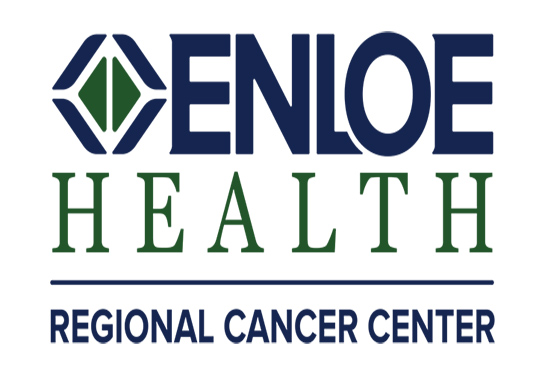Lung Cancer
Experts at our nationally recognized Thoracic Oncology Program provide the latest treatments for all types of lung cancer.
Medically reviewed by David Tom Cooke, M.D. on Sep. 22, 2023.
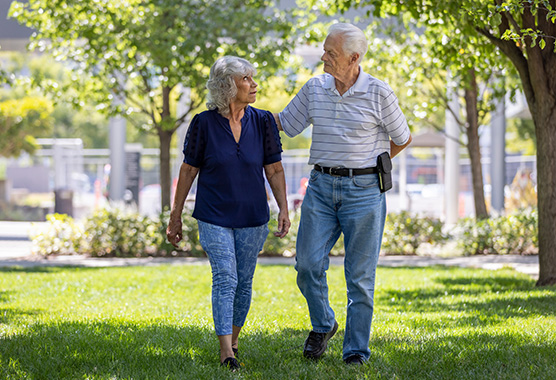
Exceptional Lung Cancer Care
When you come to UC Davis Comprehensive Cancer Center, you receive care from internationally recognized lung cancer experts. Our Lung Cancer Integrated Service Line, including the Division of General Thoracic Surgery, is a national and international Center of Excellence for lung cancer treatments.
Our exceptional care has been recognized by Go2 for Lung Cancer, the National Cancer Institute, the National Cancer Care Network and the American College of Surgeons Commission on Cancer. We have the largest, most comprehensive program of its kind in Northern California.
Our cancer center brings together all the lung cancer specialists and support team members you need for comprehensive care. These experts meet at weekly thoracic oncology tumor boards and communicate constantly to customize and coordinate treatment plans that offer you the best outcomes.
What Is Lung Cancer?
Lung cancer occurs when diseased cells grow out of control and form tumors in the lungs.
About 8 in 10 lung cancers are non-small cell lung cancer (NSCLC). The different NSCLC subtypes include:
- Lung adenocarcinoma: Cancer starts in epithelial cells. These cells on the outside of the lungs make mucus. Lung adenocarcinoma is the most common type of lung cancer.
- Large cell carcinoma: These large cancer cells form anywhere in the lungs and quickly spread.
- Squamous cell carcinoma: Cancer starts in flat squamous cells that line the inside of the lung airways.
- Undifferentiated NSCLC: An undifferentiated or “not otherwise specified” (NOS) diagnosis means physicians can’t determine the precise cancer type.
Small cell lung cancer (sometimes called oat cell cancer) accounts for up to 15% of lung cancer diagnoses. This cancer type grows and spreads faster than NSCLC.
Less commonly, carcinoid tumors, lymphomas and sarcomas can also appear as types of lung cancer.
Lung Cancer Symptoms
Lung cancer doesn’t always cause symptoms, especially during the early stage.
Common Symptoms
Lung cancer signs and symptoms include:
- Lung cancer signs and symptoms include:
- Chest pain that worsens when you cough, laugh or take a deep breath
- Chronic cough that gets worse
- Chronic or recurrent respiratory infections, such as bronchitis or pneumonia
- Coughing up blood
- Fatigue
- Hoarseness, wheezing or shortness of breath
- Loss of appetite and unexplained weight loss
Lung Cancer Causes
Smoking is a known cause of lung cancer. But the condition affects nonsmokers, too. Up to 40,000 Americans who never smoked or who smoked very little receive a lung cancer diagnosis every year.
Smoking and Secondhand Smoke
Smoking is the number one cause of lung cancer, with smokers most at risk. But exposure to secondhand smoke also contributes to lung cancer. Smoke from tobacco products damages cells in your lungs and can turn them cancerous.
Radon
Radon, a natural, radioactive gas, is the leading cause of lung cancer in nonsmokers and the second-leading cause overall. This natural, odorless gas can seep undetected from the ground into your home and other buildings.
Gene Changes
Some people have a gene change (mutation) that makes them more prone to lung cancer. An inherited gene change may run in families. You’re most at risk if a parent or sibling (first degree relative) has lung cancer.
Acquired gene changes also cause lung cancer. This type of gene change occurs over time, usually from exposure to environmental factors like smoking or radon.
Lung Cancer Risk Factors
Additional common risk factors for lung cancer include:
Exposure to Hazardous Chemicals
Continually working with hazardous materials or chemicals, including radon, asbestos, cadmium, diesel exhaust and oil-based products, increases lung cancer risk. Those most at risk include auto mechanics, petroleum workers, construction workers and firefighters.
You can test your home or workplace for radon and install a radon reduction system if needed.
Air Pollution
Living near heavily trafficked roads or in cities with air pollution may lead to lung cancer.
Radiation Exposure Including Radiation Therapy
Smokers who get radiation therapy to the chest area for breast cancer or Hodgkin lymphoma may have a slightly higher risk of lung cancer.
Diagnosing Lung Cancer
Physicians often start with imaging tests, such as chest X-rays and CT scans, to check for lung tumors. You may also get an MRI or a combination positron emission tomography (PET) and CT scan to see if cancer has spread outside your lungs (metastatic lung cancer).
Physicians use the following tests to definitively diagnose lung cancer and determine the type:
- Sputum cytology: A lab specialist checks samples of sputum (mucus that you cough up) for cancer cells.
- Bronchoscopy: A physician threads a bronchoscope (flexible tube with a light on the end) through your mouth or nose to examine your lungs. Tiny tools inside the scope help the physician remove tissue or fluid samples to check for cancer cells.
- Needle aspiration/core biopsy: A physician removes tissue from the lung tumor using a hollow needle inserted through your skin. A lab specialist checks the tissue for cancer.
- Robot-assisted bronchoscopy: UC Davis is unique in that we can use complex robotic platforms to diagnose and remove lung cancer in a single surgery. The procedure begins with a CT scan to create a 3D map of your lungs. A software program then generates the safest and most efficient route through the lung to reach nodules or masses.
- Thoracentesis: A physician inserts a needle through your skin to remove fluid between your lungs and chest wall. A lab specialist checks the fluid for cancer.
- Thoracoscopy: A physician inserts a thoracoscope (flexible tube with a light and video camera on the end) through a small chest incision. The camera enables the physician to view your lungs and chest.
After getting a sample, experts in our Department of Pathology and Laboratory Medicine examine it to determine if you have cancer.
Lung Cancer Treatments
Lung cancer treatments vary depending on the cancer stage, type and tumor location. Other deciding factors include your lung function and overall health.
Surgical removal of the cancerous lung tumor is often an option. Our surgeons commonly remove the tumor through small incisions. High-definition cameras and complex robotic platforms aid the procedure.
Medications used in chemotherapy and immunotherapy treat higher-staged lung cancer. These drugs are called systemic therapy because they flow through your circulatory system.
Some people get systemic therapy before surgery to shrink a tumor (neoadjuvant therapy). You may also get systemic therapy after surgery to lower the risk of cancer coming back (adjuvant therapy).
Radiation therapy uses radioactive materials to destroy cancer cells. Physicians may use radiation therapy as a main treatment for NSCLC (with or without chemotherapy) if surgery isn’t possible. It also treats SCLC and lowers the risk of cancer spread.
When you come to our cancer center’s Thoracic Oncology Program, you gain access to a nationally recognized team of experts and the latest lung cancer treatments and services. Our experts in chest, lung and cancer care work together to customize a treatment plan that offers you the best outcomes.
Lobectomy
A surgeon removes the lung section or lobe with the cancerous tumor (a lobectomy). The remaining lobes of your lung continue to work normally. Our doctors may perform a lobectomy through small incisions using a high-definition camera and a complex robotic platform. Learn more about surgery for lung cancer.
Sub-lobar Resection (Wedge or Segmentectomy)
A surgeon removes a portion of the cancerous lobe, like removing a segment from an orange. You may get this surgery if the tumor is very small or if a lobectomy would negatively affect your breathing. This procedure typically takes place through small incisions. Doctors use a high-definition camera and a complex robotic platform to perform this surgery.
Pneumonectomy
A surgeon removes your entire lung. The remaining lung supports your breathing. You may need this surgery if the tumor is close to the center of your chest.
Sleeve Resection
A surgeon removes the lobe with the tumor, as well as part of the main airway (sleeve). They reconnect the shortened airway and reattach lobes to it. You may get this procedure instead of a pneumonectomy to help preserve lung function.
Radiofrequency Ablation
Physicians sometimes use a nonsurgical treatment called radiofrequency ablation to treat small tumors near the outer edge of the lungs. Radiofrequency ablation uses a probe device to send high-energy radio waves directly to the tumor. High heat from the radio waves destroys cancer cells.
Chemotherapy
Chemotherapy medication travels through your bloodstream to destroy cancer cells. Chemotherapy is the primary treatment for SCLC because the cancer spreads so quickly. It may also be used before or after lung cancer surgery to treat NSCLC, or as a treatment for metastatic (stage 4) lung cancer.
Immunotherapy
These drugs help your immune system recognize and destroy cancer cells. Certain immune checkpoint inhibitors can treat NSCLC and SCLC.
Targeted Drug Therapy
Physicians use targeted drug therapies to treat metastatic lung cancer. These drugs may block the growth of blood vessels that feed lung cancer or target a specific gene change that fuels cancer growth.
Radiation Therapy
There are two types of radiation therapy. In external radiation therapy, a machine delivers high-energy X-rays or proton particles through your skin to the tumor. In internal radiation therapy (brachytherapy), a physician places radioactive pellets directly into the tumor or near it.
Lung Cancer Screening and Prevention
UC Davis Comprehensive Lung Cancer Screening Program provides yearly screenings for people at the highest risk for lung cancer. We use low-dose chest CT scans (LDCT) to detect lung cancers when they are at an early stage and before symptoms appear, when treatment is most effective and has the best chance for cure.
You may benefit from this program if you:
- Are a current or former smoker between the ages of 50 and 77 (sometimes up to age 80, depending on insurance)
- Smoked one or more packs of cigarettes a day for 20 years or longer
- Stopped smoking within the past 15 years
In addition to lung cancer screening, the best way to prevent lung cancer is to not use tobacco products and to avoid exposure to secondhand smoke.
If you smoke or use other tobacco products, it’s never too late to quit. Your lungs get healthier, and your risk for different cancers decreases, with each smoke-free day. Experts in our Stop Tobacco Program (SToP) offer the resources, support and tools you need to succeed.
To schedule a lung cancer screening:
- Ask your provider to fax the required referral to 916-703-2254.
- Call 916-734-0655 to make an appointment.
"What Is Lung Cancer?", American Cancer Society, https://www.cancer.org/cancer/types/lung-cancer/about/what-is.html
"Lung Cancer Among People Who Never Smoked," CDC, https://www.cdc.gov/cancer/lung/nonsmokers/index.htm
"Radiation Therapy for Non-Small Cell Lung Cancer," American Cancer Society, https://www.cancer.org/cancer/types/lung-cancer/treating-non-small-cell/radiation-therapy.html
How common is lung cancer?
238KAmericans receive a diagnosis each year, approximately
Leading cause of cancer deaths
1 in 5Cancer deaths in the U.S. are from lung cancer
Who does it affect?
70Is the average age at diagnosis
Source: American Cancer Society: Key Statistics About Lung Cancer
Request an Appointment
Our cancer specialists provide thorough evaluations and personalized treatment plans. Learn more about how to make an appointment at UC Davis Comprehensive Cancer Center.
Patients
New Patient Referral Office
916-734-5959
UC Davis Health Referring Physicians
For providers in UC Davis Medical Group or our Cancer Care Network
Physician Referral Center
916-734-5959
External Referring Physicians
For providers who are external clinicians
Referral Office
800-770-9261
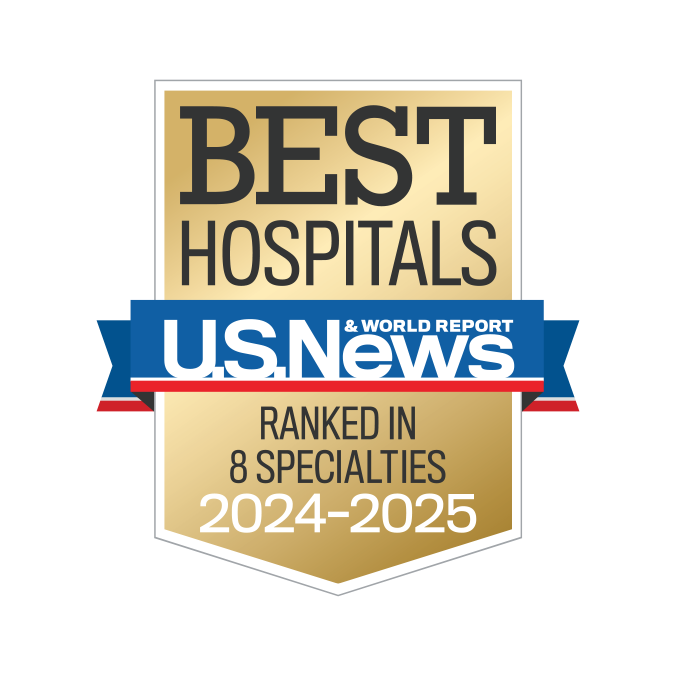
Ranked among the nation’s best hospitals
A U.S. News & World Report best hospital in cardiology, heart & vascular surgery, diabetes & endocrinology, ENT, geriatrics, neurology & neurosurgery, and pulmonology & lung surgery.
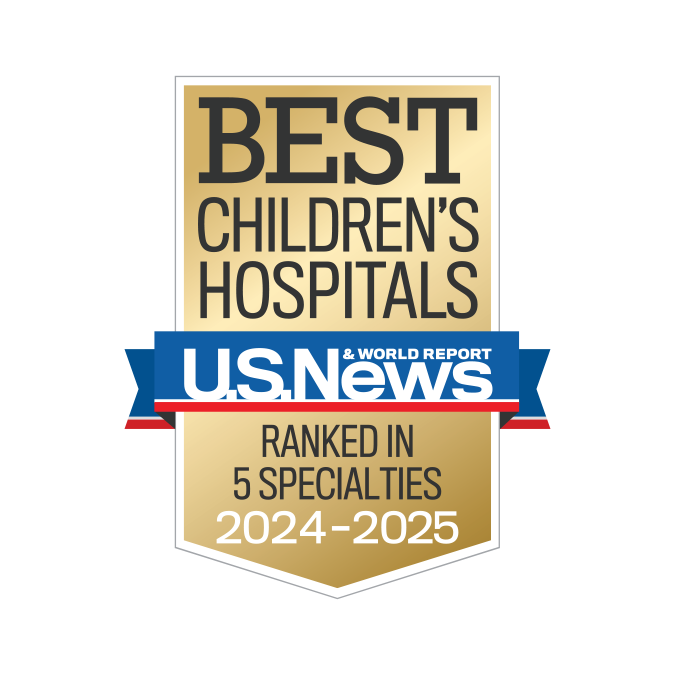
Ranked among the nation’s best children’s hospitals
U.S. News & World Report ranked UC Davis Children’s Hospital among the best in pediatric nephrology, orthopedics*, and pulmonology & lung surgery. (*Together with Shriners Children’s Northern California)
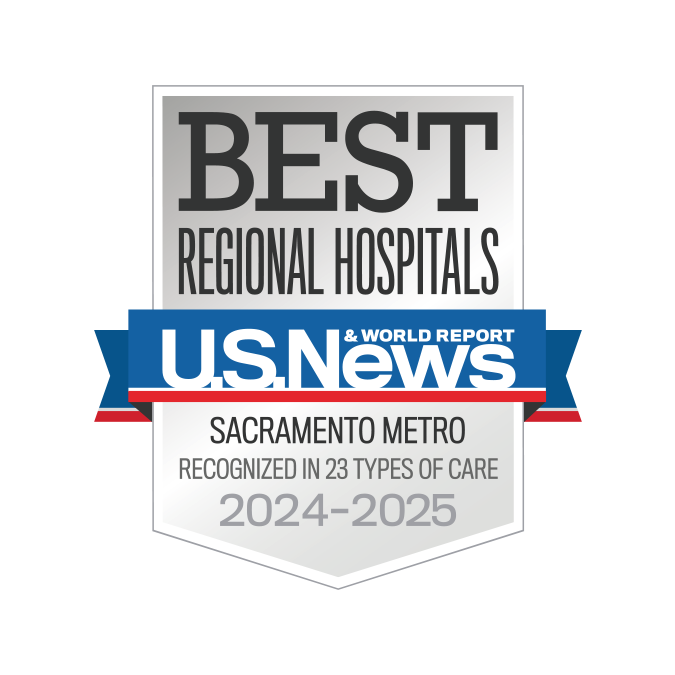
Ranked Sacramento’s #1 hospital
Ranked Sacramento’s #1 hospital by U.S. News, and high-performing in aortic valve surgery, back surgery (spinal fusion), COPD, colon cancer surgery, diabetes, gynecological cancer surgery, heart arrhythmia, heart failure, kidney failure, leukemia, lymphoma & myeloma, lung cancer surgery, pacemaker implantation, pneumonia, prostate cancer surgery, stroke, TAVR, cancer, orthopedics, gastroenterology & GI surgery, and urology.
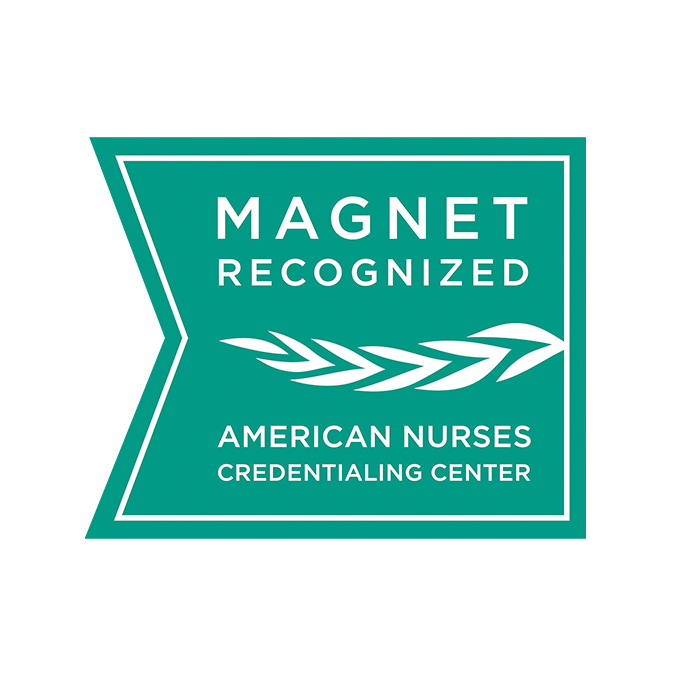
The nation’s highest nursing honor
UC Davis Medical Center has received Magnet® recognition, the nation’s highest honor for nursing excellence.
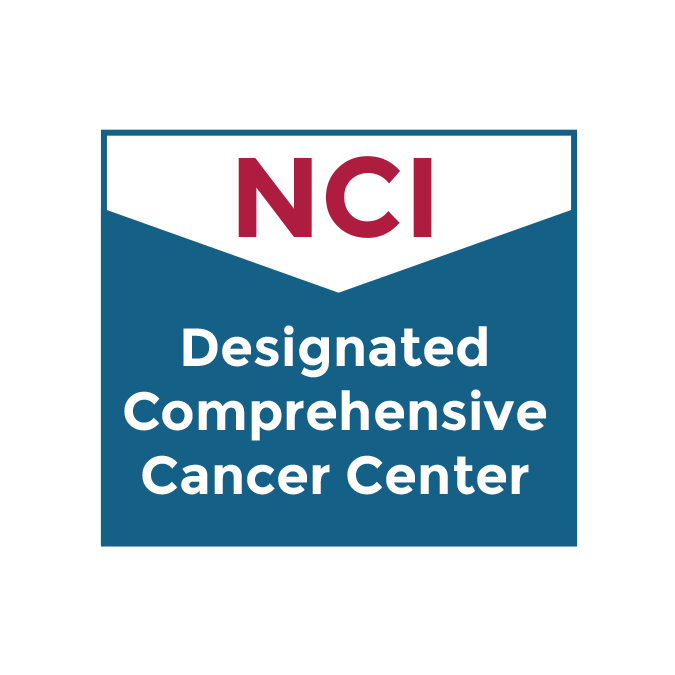
World-class cancer care
One of ~59 U.S. cancer centers designated “comprehensive” by the National Cancer Institute.
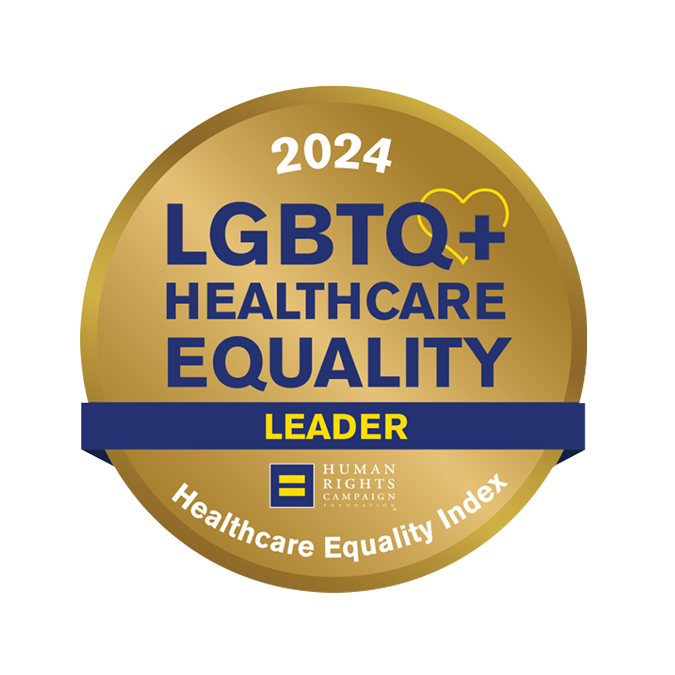
A leader in health care equality
For the 13th consecutive year, UC Davis Medical Center has been recognized as an LGBTQ+ Healthcare Equality Leader by the educational arm of America’s largest civil rights organization.

